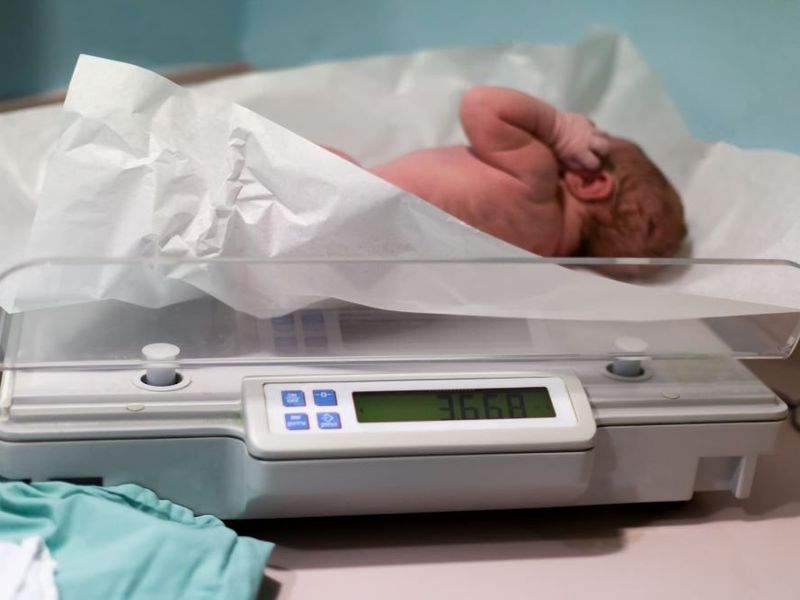However, living in a greener area could help counteract this effect
By Lori Solomon HealthDay Reporter
MONDAY, Sept. 18, 2023 (HealthDay News) — Women exposed to air pollution deliver babies with lower birth weights; however, women living in greener areas give birth to larger babies, which may help counteract the negative effects of air pollution on birth weight, according to a study presented at the European Respiratory Society International Congress 2023, held from Sept. 9 to 13 in Milan.
Robin Mzati Sinsamala, from University of Bergen in Norway, and colleagues used data from 4,286 children and their mothers living in five European countries (Denmark, Norway, Sweden, Iceland, and Estonia) participating in the Respiratory Health in Northern Europe study to investigate the association of maternal exposure to air pollution and greenness during pregnancy with birth weight and preterm birth.
The researchers found that higher levels of air pollution were linked to lower birth weights. Specifically, particulate matter (PM2.5 and PM10), nitrogen dioxide, and black carbon were associated with average reductions in birth weight of 56, 46, 48, and 48 g, respectively. However, when accounting for greenness, the effect of air pollution on birth weight was reduced. Compared with mothers living in less green areas, women who lived in greener areas had babies with slightly higher birth weights (27 g heavier on average).
“The time when babies are growing in the womb is critical for lung development,” Sinsamala said in a statement. “We know that babies with lower birthweight are susceptible to chest infections, and this can lead on to problems like asthma and chronic obstructive pulmonary disease later on.”
Copyright © 2023 HealthDay. All rights reserved.








